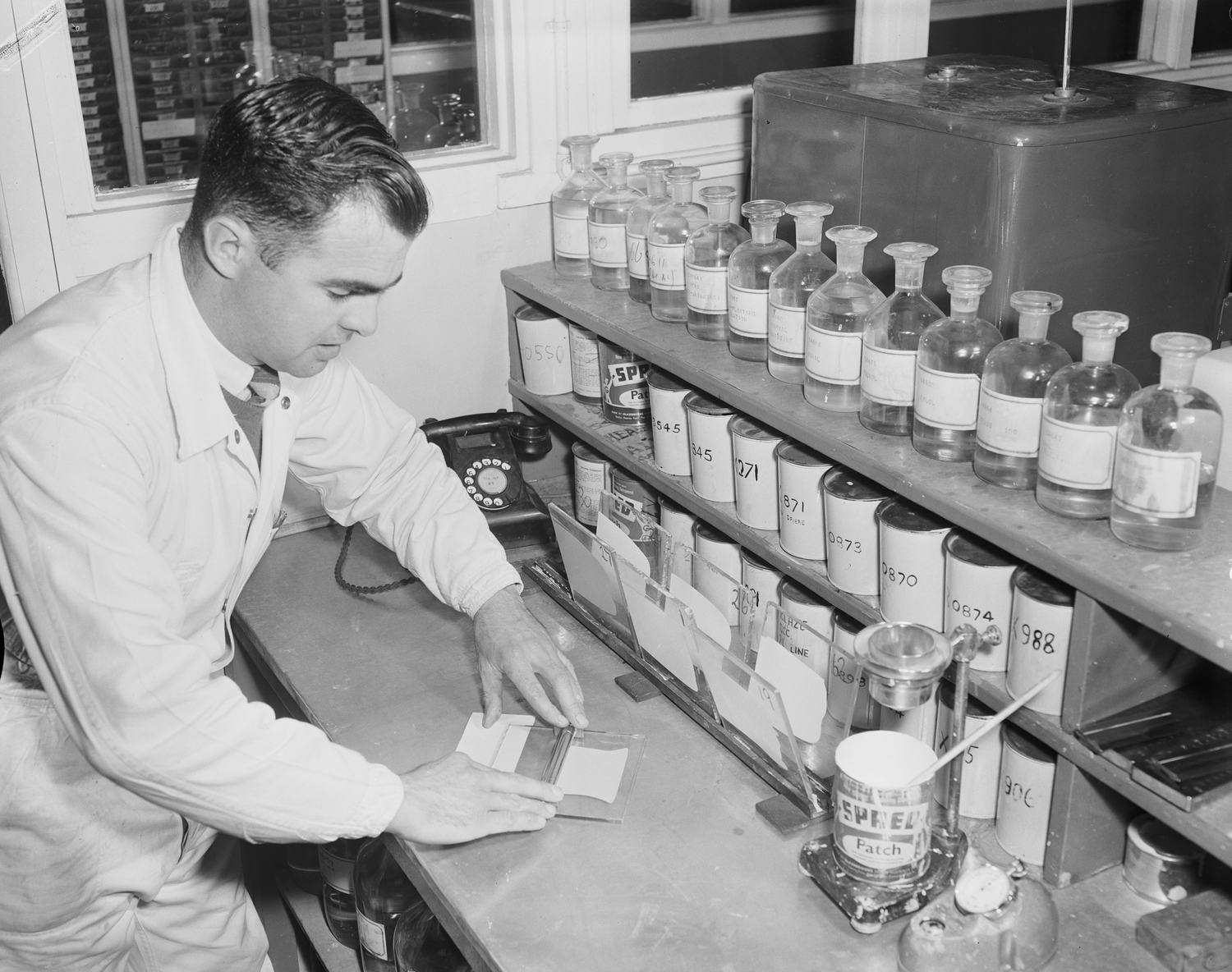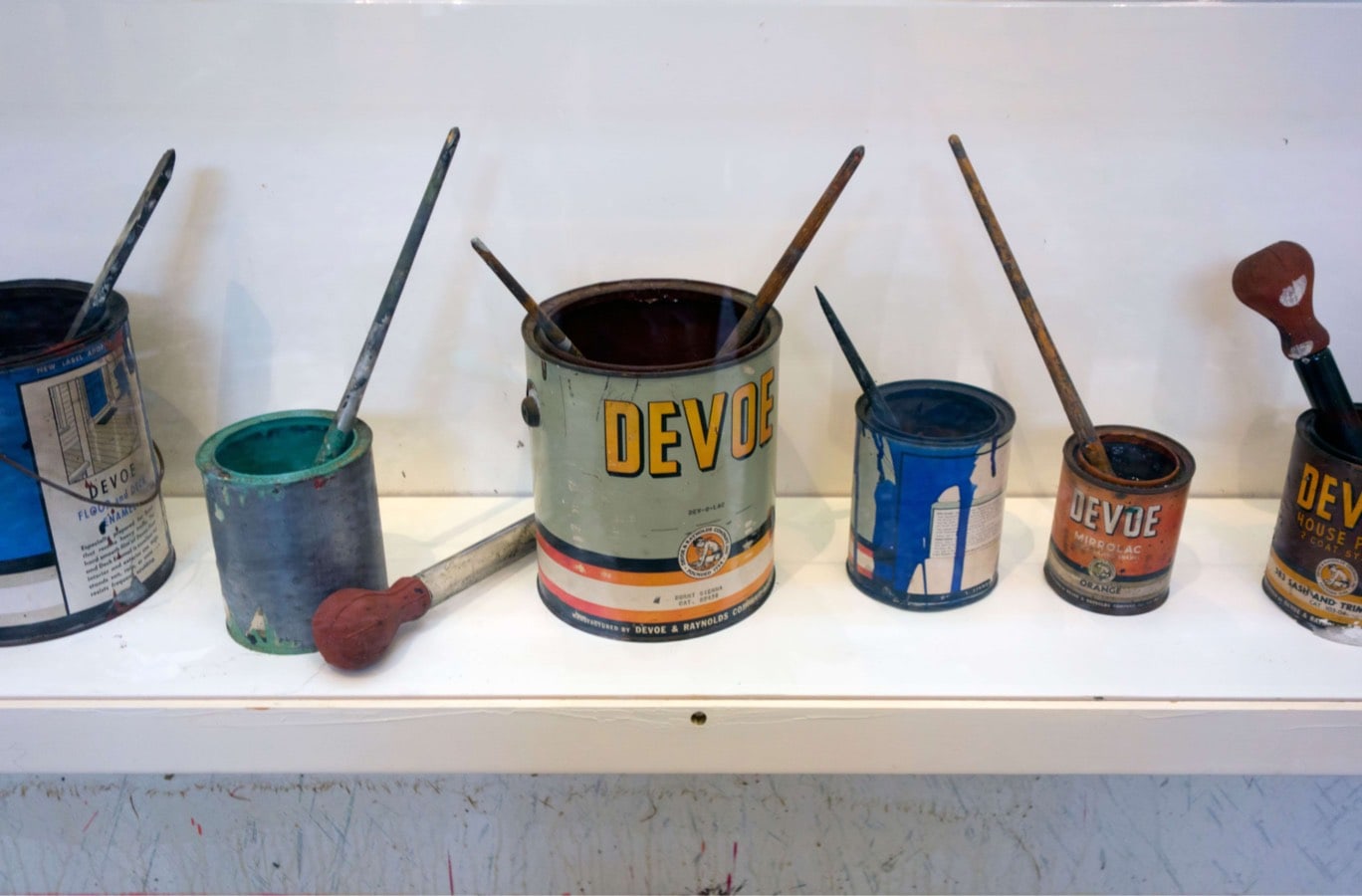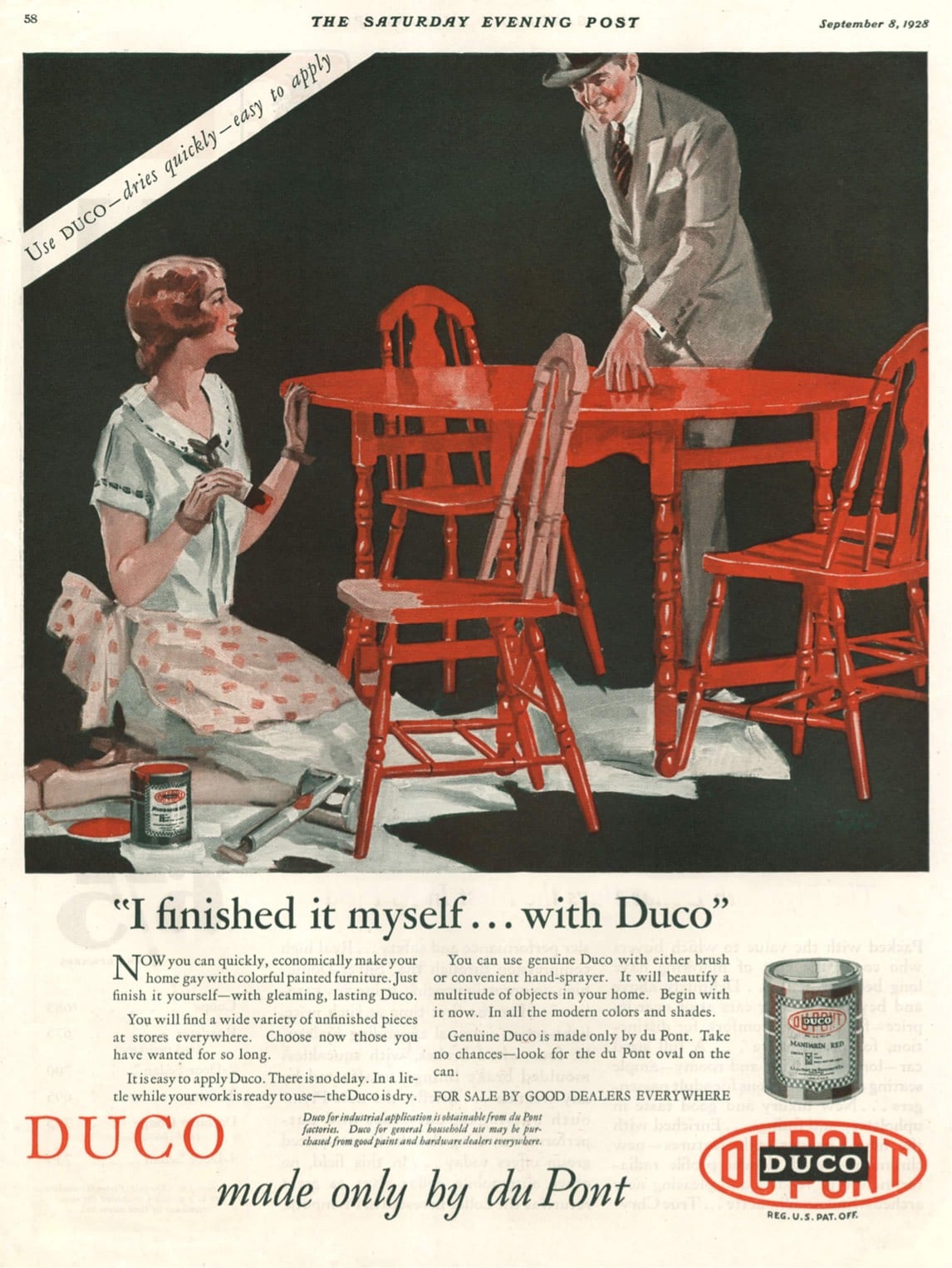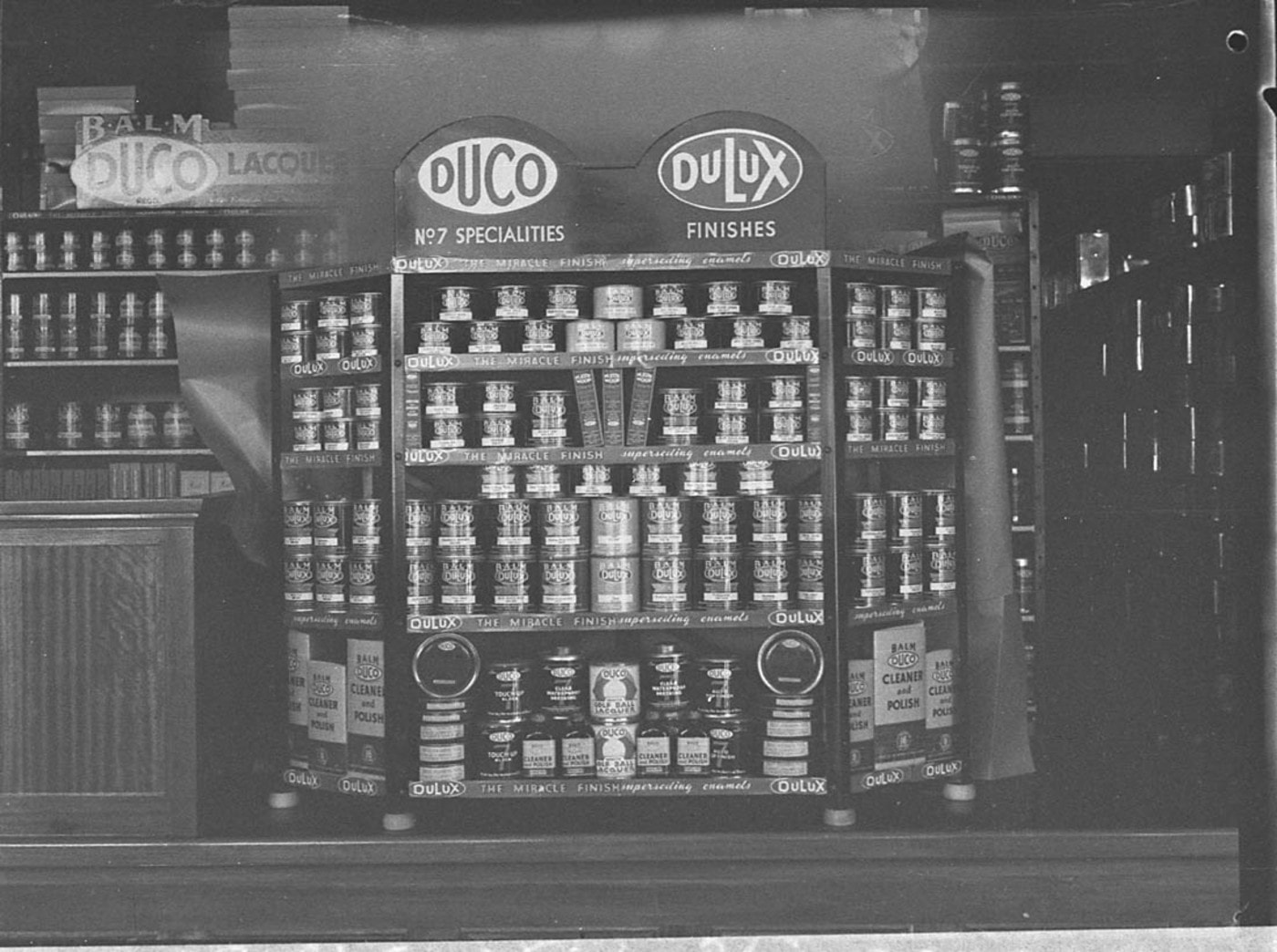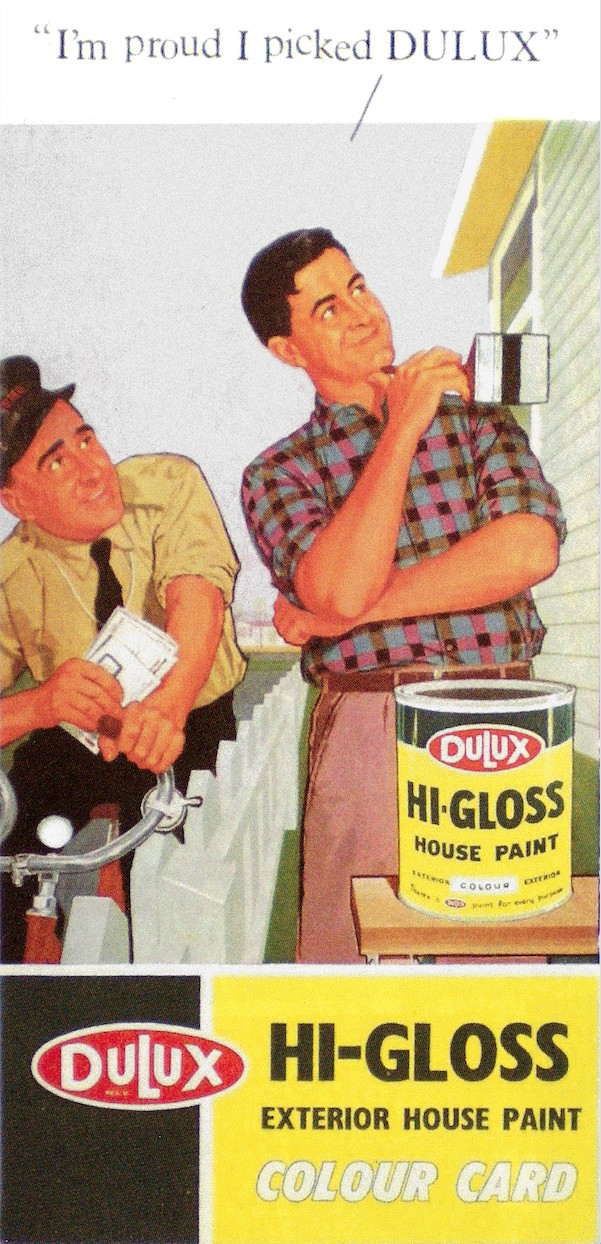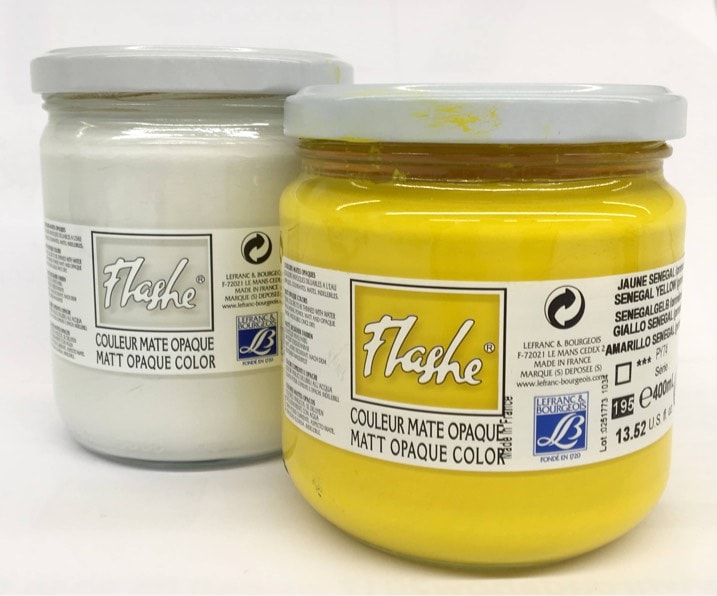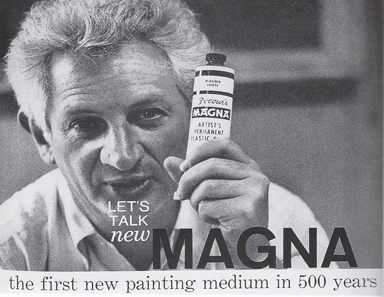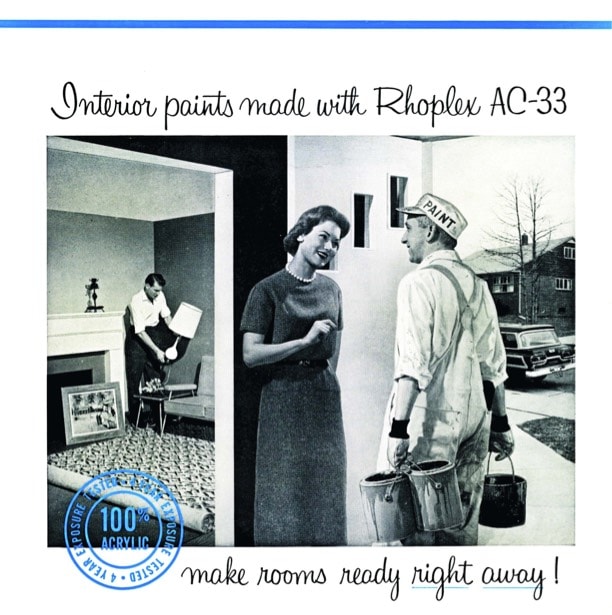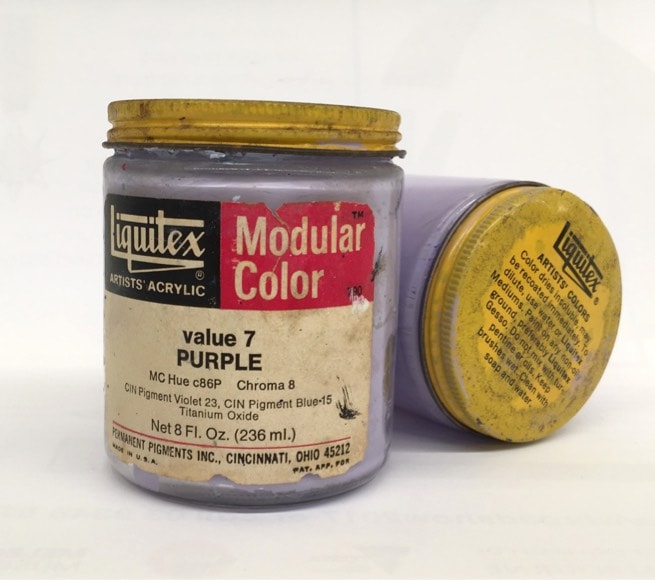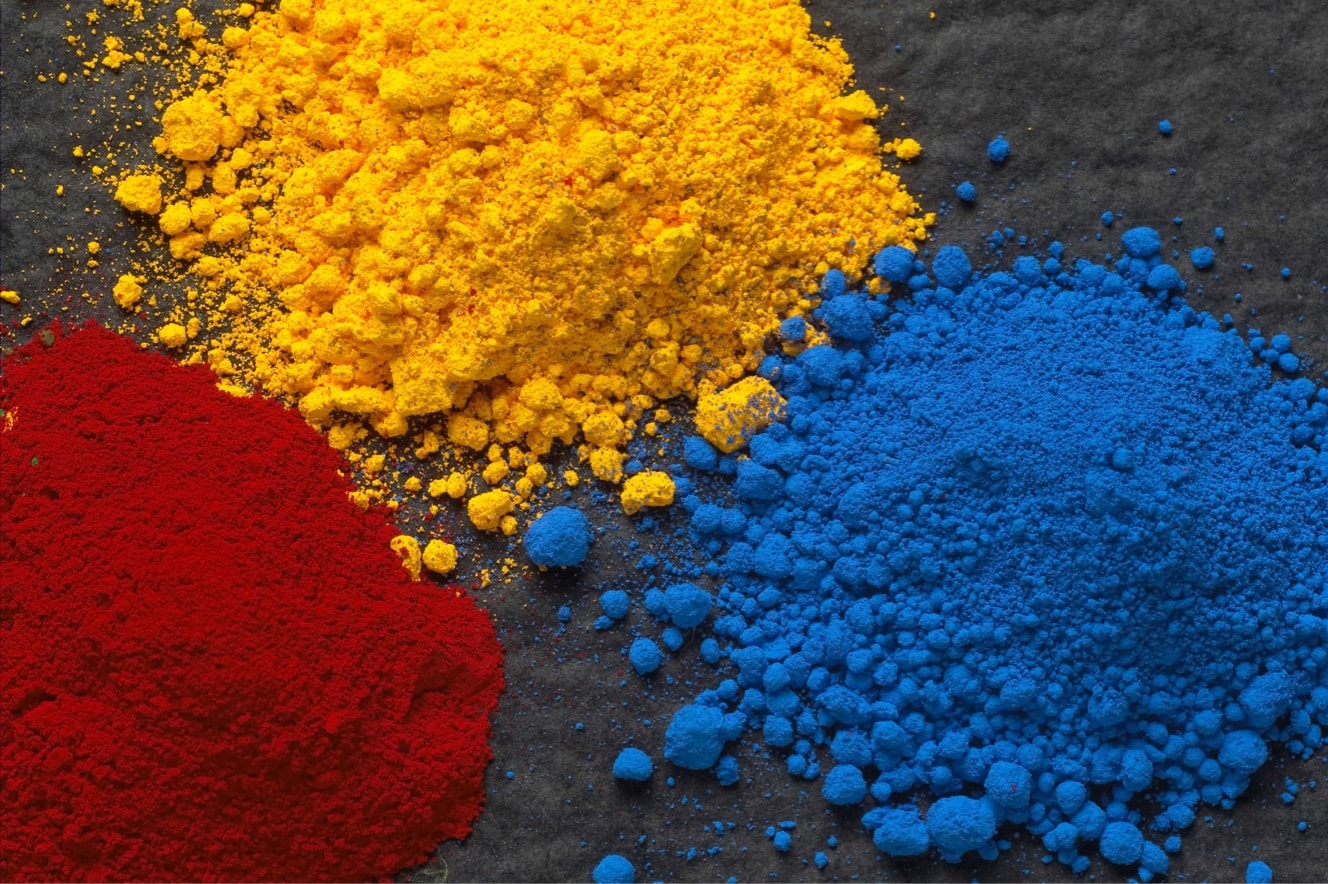
The Ian Potter Centre: NGV Australia, Fed Square
27 Apr 18 – 26 Aug 18

Ian Burn Four glass/Mirror piece, 1968
Ian BURN
Four glass/Mirror piece 1968
(a) mirror, glass, wood
(b) book: photocopies, 22 pages, cardboard and cloth cover, metal binding
(a-b) (variable) (overall)
National Gallery of Victoria, Melbourne
Purchased through the NGV Foundation with the assistance of the Rudy Komon Fund, Governor, 2001
2001.559.a-b
© Courtesy of the artist's estate
Ian BURN
Four glass/Mirror piece 1968
(a) mirror, glass, wood
(b) book: photocopies, 22 pages, cardboard and cloth cover, metal binding
(a-b) (variable) (overall)
National Gallery of Victoria, Melbourne
Purchased through the NGV Foundation with the assistance of the Rudy Komon Fund, Governor, 2001
2001.559.a-b
© Courtesy of the artist's estate
Ian BURN
Four glass/Mirror piece 1968
(a) mirror, glass, wood
(b) book: photocopies, 22 pages, cardboard and cloth cover, metal binding
(a-b) (variable) (overall)
National Gallery of Victoria, Melbourne
Purchased through the NGV Foundation with the assistance of the Rudy Komon Fund, Governor, 2001
2001.559.a-b
© Courtesy of the artist's estate
Ian BURN
Four glass/Mirror piece 1968
(a) mirror, glass, wood
(b) book: photocopies, 22 pages, cardboard and cloth cover, metal binding
(a-b) (variable) (overall)
National Gallery of Victoria, Melbourne
Purchased through the NGV Foundation with the assistance of the Rudy Komon Fund, Governor, 2001
2001.559.a-b
© Courtesy of the artist's estate
Ian BURN
Four glass/Mirror piece 1968
(a) mirror, glass, wood
(b) book: photocopies, 22 pages, cardboard and cloth cover, metal binding
(a-b) (variable) (overall)
National Gallery of Victoria, Melbourne
Purchased through the NGV Foundation with the assistance of the Rudy Komon Fund, Governor, 2001
2001.559.a-b
© Courtesy of the artist's estate
Ian BURN
Four glass/Mirror piece 1968
(a) mirror, glass, wood
(b) book: photocopies, 22 pages, cardboard and cloth cover, metal binding
(a-b) (variable) (overall)
National Gallery of Victoria, Melbourne
Purchased through the NGV Foundation with the assistance of the Rudy Komon Fund, Governor, 2001
2001.559.a-b
© Courtesy of the artist's estate
Ian BURN
Four glass/Mirror piece 1968
(a) mirror, glass, wood
(b) book: photocopies, 22 pages, cardboard and cloth cover, metal binding
(a-b) (variable) (overall)
National Gallery of Victoria, Melbourne
Purchased through the NGV Foundation with the assistance of the Rudy Komon Fund, Governor, 2001
2001.559.a-b
© Courtesy of the artist's estate
Ian BURN
Four glass/Mirror piece 1968
(a) mirror, glass, wood
(b) book: photocopies, 22 pages, cardboard and cloth cover, metal binding
(a-b) (variable) (overall)
National Gallery of Victoria, Melbourne
Purchased through the NGV Foundation with the assistance of the Rudy Komon Fund, Governor, 2001
2001.559.a-b
© Courtesy of the artist's estate
Ian BURN
Four glass/Mirror piece 1968
(a) mirror, glass, wood
(b) book: photocopies, 22 pages, cardboard and cloth cover, metal binding
(a-b) (variable) (overall)
National Gallery of Victoria, Melbourne
Purchased through the NGV Foundation with the assistance of the Rudy Komon Fund, Governor, 2001
2001.559.a-b
© Courtesy of the artist's estate
Ian BURN
Four glass/Mirror piece 1968
(a) mirror, glass, wood
(b) book: photocopies, 22 pages, cardboard and cloth cover, metal binding
(a-b) (variable) (overall)
National Gallery of Victoria, Melbourne
Purchased through the NGV Foundation with the assistance of the Rudy Komon Fund, Governor, 2001
2001.559.a-b
© Courtesy of the artist's estate
Ian BURN
Four glass/Mirror piece 1968
(a) mirror, glass, wood
(b) book: photocopies, 22 pages, cardboard and cloth cover, metal binding
(a-b) (variable) (overall)
National Gallery of Victoria, Melbourne
Purchased through the NGV Foundation with the assistance of the Rudy Komon Fund, Governor, 2001
2001.559.a-b
© Courtesy of the artist's estate
Ian BURN
Four glass/Mirror piece 1968
(a) mirror, glass, wood
(b) book: photocopies, 22 pages, cardboard and cloth cover, metal binding
(a-b) (variable) (overall)
National Gallery of Victoria, Melbourne
Purchased through the NGV Foundation with the assistance of the Rudy Komon Fund, Governor, 2001
2001.559.a-b
© Courtesy of the artist's estate
Ian BURN
Four glass/Mirror piece 1968
(a) mirror, glass, wood
(b) book: photocopies, 22 pages, cardboard and cloth cover, metal binding
(a-b) (variable) (overall)
National Gallery of Victoria, Melbourne
Purchased through the NGV Foundation with the assistance of the Rudy Komon Fund, Governor, 2001
2001.559.a-b
© Courtesy of the artist's estate
Modern Paint - A Timeline
Video
Missing works
Australia 1933–2017
Zanzan 1968
synthetic polymer paint on canvas
188.5 x 158.0 cm
Collection unknown
© Sydney Ball, courtesy of Charles Nodrum Gallery, Melbourne
England born 1940, Australia from 1968
Untitled painting 1968
synthetic polymer paint on canvas
162.5 x 274.5 cm
Collection unknown*
© Peter Booth
Australia born 1933, England and Europe 1961–65
Untitled 1967
painted steel
90.8 cm (height)
Collection unknown
© Noel Dunn
Australia born 1933, England and Europe 1961–65
Untitled 1968
painted plywood
196.8 cm (height)
Collection unknown*
© Noel Dunn
Australia born 1933, England and Europe 1961–65
Untitled 1968
painted steel
111.8 cm (height)
Collection unknown
© Noel Dunn
Australia 1941–92, Europe 1960–65
Polaris 1968
synthetic polymer paint on canvas
236.0 x 218.5 cm
Collection unknown*
© The Estate of Tony McGillick, courtesy of Charles Nodrum Gallery, Melbourne
Australia 1929– United States 2005, United States from 1963
Wave 1968
steel, ed. 2/4
29.0 x 29.0 x 66.0 cm
Collection unknown
© Clement Meadmore. VAGA/Licensed by Copyright Agency
Australia 1919–2008
Encore 1967
polyvinyl acetate on composition board
349.2 x 233.5 cm
Collection unknown*
© The Estate of Eric Shirley
Hungary 1932– Australia 1984, Australia from 1950
Without-within 7 1968
synthetic polymer paint on canvas
165.5 x 150.0 cm
Collection unknown*
© The Estate of Joseph Szabo
Hungary 1932– Australia 1984, Australia from 1950
Without-within 8 1968
synthetic polymer paint on canvas
167.0 x 151.0 cm
Collection unknown
© The Estate of Joseph Szabo
Australia 1929– United States 2005, United States from 1963
Curl 1968
steel, ed. 2/4
38.0 x 76.0 x 35.5 cm
Collection unknown*
© Clement Meadmore. VAGA/Licensed by Copyright Agency
Women and The Field
Untitled - blue to orange 1967
colour screenprint
76.1 x 56.0 cm (sheet)
ed. 7/10
National Gallery of Victoria, Melbourne
Purchased, NGV Supporters of Prints and Drawings, 2014
2014.20
© Normana Wight
November 1982
synthetic polymer paint on canvas
183.0 x 211.5 cm
National Gallery of Victoria, Melbourne
Purchased, 1983
AC4-1983
© Courtesy of the artist
Untitled - double curve grey 1968
colour screenprint
76.7 x 56.0 cm (sheet)
National Gallery of Victoria, Melbourne
Purchased, NGV Supporters of Prints and Drawings, 2014
2014.21
© Normana Wight
Violet morning 1978
synthetic polymer paint on canvas
91.5 x 183.0 cm
National Gallery of Victoria, Melbourne
Michell Endowment, 1978
DC40-1978
© Courtesy of the artist
Key Works
Artificial landscape 67/5 1967
synthetic polymer paint on canvas
129.6 x 101.8 cm
National Gallery of Victoria, Melbourne
Purchased, 1969
87-6
© Lauren Doolin McMillen
Corner square diagonal 1968
synthetic polymer paint on canvas
229.2 x 227.6 x 12.6 cm
National Gallery of Victoria, Melbourne
Purchased through The Art Foundation of Victoria with funds provided by the National Gallery Society of Victoria, Governor, 1985
AC11-1985
© Courtesy of the artist
Daedalus - series 6 1968
synthetic polymer paint on canvas
164 x 170 cm
National Gallery of Australia, Canberra
Purchased 1969
Australia b.1941–92
Arbitrator 1968
Synthetic polymer paint
on shaped canvas
Four pieces: 287 x 406cm (irreg., overall); 167.5 x 167.5cm (irreg., each)
Queensland Art Gallery
Purchased 2007 with funds from the Estate of Vincent Stack through the Queensland Art Gallery Foundation
Queensland Art Gallery Collection
© The Estate of Tony McGillick, courtesy of Charles Nodrum Gallery, Melbourne
England 1935– Australia 2005,
Australia from 1950
Field 1 1968
synthetic polymer paint on canvas
245.0 x 152.5 cm
Private collection, Brisbane
© Karen Aspden
